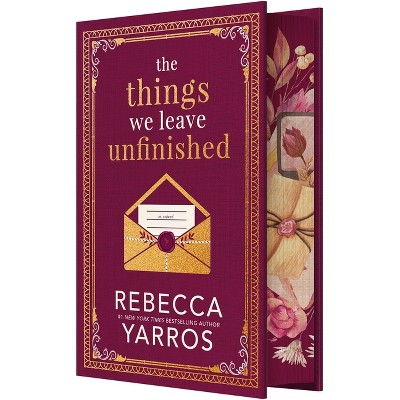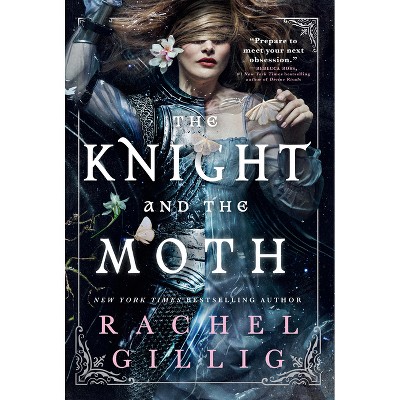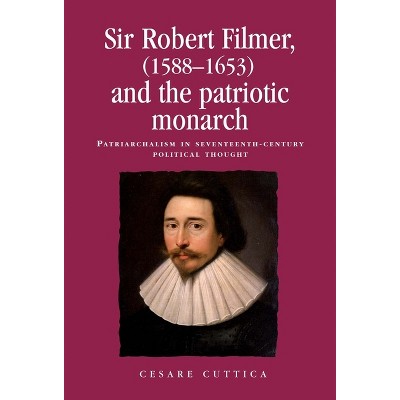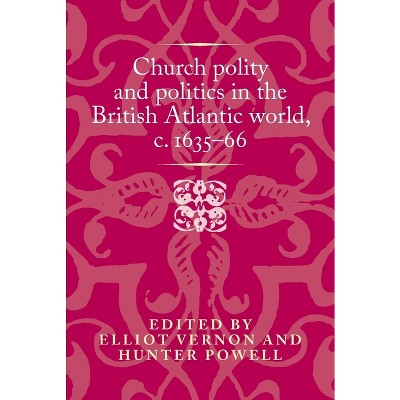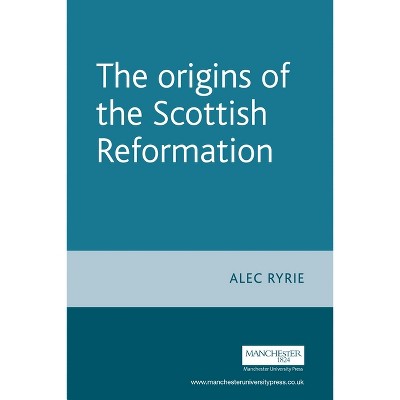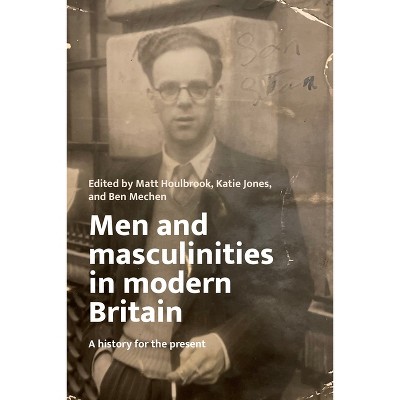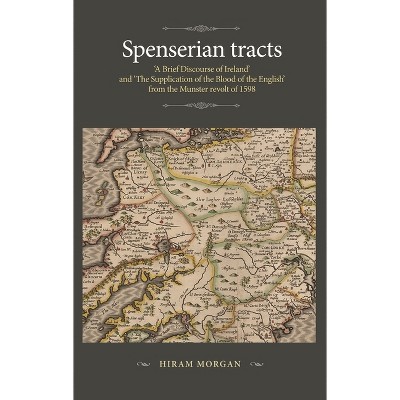About this item
Highlights
- This study overturns twentieth-century thinking about pasticcio opera, redefining it as method not genre, and recontextualising it among many artforms which created new works from pre-existing parts.
- About the Author: Peter Morgan Barnes is a research fellow in opera at the University of Bristol and currently a heritage researcher at Swansea University
- 416 Pages
- Music, Genres & Styles
Description
About the Book
This study overturns twentieth-century thinking about pasticcio opera, redefining it as method not genre, and recontextualising it among many artforms which created new works from pre-existing parts.
Book Synopsis
This study overturns twentieth-century thinking about pasticcio opera, redefining it as method not genre, and recontextualising it among many artforms which created new works from pre-existing parts. Its history is interwoven with society's transition from a predominantly oral to literate culture and evolutions in conceptualising the self.From the Back Cover
Pasticcio opera in Britain overturns twentieth-century thinking about pasticcio opera and redefines it as a method of creating opera rather than a genre.
A pasticcio opera is created from pre-existing music, texts or both. This way of creating operas began soon after 1600 and still continues today. Yet twentieth-century musicologists, steeped in neoromantic assumptions, presented pasticcio as a marginal genre within opera which came to an end in the early nineteenth century. This narrative was achieved by allowing only those operas which designated themselves a pasticcio to be categorised as such. The word appears to have been coined in the 1720s, but the practice had existed long before and continued long after the word fell out of favour; many operas that are patently pasticci did not describe themselves as such, and the practice can also be found in many other artforms. Pasticcio is studied over a long timeframe as its evolutions were stimulated by cultural transitions with similarly long timespans, such as Britain's gradual shift from a proto-literate to a mass-literate society. As a practice, pasticcio came under critical pressure in the nineteenth century, not just in opera but in sculpture, the restoration of antiquities and in making commodities such as wine. Yet far from coming to an end in this century, as once argued, this book demonstrates that pasticcio continued into and beyond the twentieth century.Review Quotes
This history of pasticcio as a practice is a veritable tour de force. Morgan Barnes tells a compelling story that combines detailed archival research with interdisciplinary virtuosity and imaginative realisation. It presents an important strand of opera history that has been forgotten and misunderstood for too long, and opens up new ways of thinking about its relationship to wider culture and politics and to performance history.
-Professor Sarah Hibberd, Hugh Badock Chair of Music, University of Bristol
About the Author
Peter Morgan Barnes is a research fellow in opera at the University of Bristol and currently a heritage researcher at Swansea UniversityShipping details
Return details
Trending Book Pre-Orders
